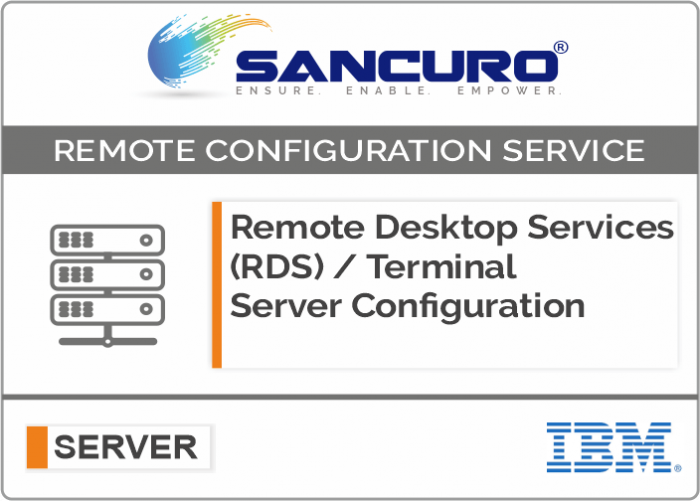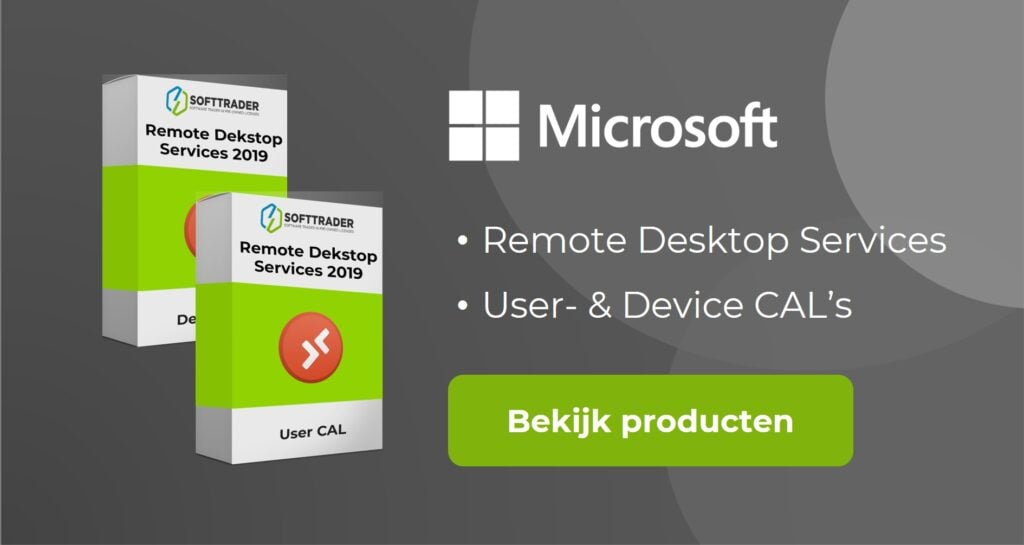- Rds Remote Desktop Services Manager
- Remote Desktop Services Rds Deployment
- What Is Remote Desktop Services
Remote Desktop Services Session Hosts and single-session client operating systems can take advantage of the physical or virtual GPUs presented to the operating system in many ways, including the Azure GPU optimized virtual machine sizes, GPUs available to the physical RDSH server, and GPUs presented to the VMs by supported hypervisors. What is Remote Desktop Services (RDS)? In short, RDS allows you to take control of a remote computer or virtual machine over a network connection. With the Cloud and the Internet, that remote computer or virtual machine can be just about anywhere on the planet! The exciting result is end user access to their desktop and apps in the cloud. Apr 02, 2020 A remote desktop (RD) client gets connection information from the RD Web Access server in an RDS solution. If an RD Client is outside a corporate network, the client connects through an RD Gateway. If an RD client is internal, the client can then directly connect to an intended RD Session Host or RD Viritualization Host once RD Connection.
Let’s Encrypt is a free SSL/TLS certificate provider, with automated certificate issuance and renewal tools for Linux and Windows. You can use it to automatically issue and renew SSL certificates on your web servers. This guide shows you how to correctly setup Let’s Encrypt for Microsoft Window’s Remote Desktop Services and IIS using freely available tools.
Let’s Encrypt is a great option for SSL/TLS Certificates, as the certificates can be renewed automatically (and it’s totally free!). I worked out this installation method after seeing the price of our upcoming Wildcard SSL Certificate renewal – I quickly realised the increased setup time would be quickly offset by the reduced certificate price.

What you need
- Microsoft Remote Desktop Services Server
- Public-facing access to IIS Server Port 80 (including public DNS records)
- My free Powershell script to install the certificates in RDS
I’ve tested this process on Windows Server 2012 R2, with all RDS Role Services housed on the one server. You will need to modify these instructions and the script if you have split your role services amongst multiple servers.
Setup Instructions
- Download Let’s Encrypt Windows Simple and extract the files to C:Program FilesLets Encrypt
- Download my Powershell script and save it as C:Program FilesLets EncryptRDS_INSTALL_CERT.ps1
- Run LetsEncrypt.exe
- Enter your email address
- Accept the terms and conditions
- Enter “N” to create a new certificate
- Select Option 1 for “Single binding of an IIS site”
- Select your IIS site from the list
- Select the “HTTP-01” option: “Create temporary application in IIS”
- After the certificate has been created, don’t let it create the auto-renewal scheduled task (we’ll do this later)
If all goes well, you should now have a new SSL Certificate installed in your IIS site. You can confirm this by opening your RDP site in a browser and checking that the SSL Certificate has been issued by Let’s Encrypt.
There should also be a series of certificate files saved in C:ProgramDataletsencrypt-win-simplehttpsacme-v01.api.letsencrypt.org
However, if you open Server Manager and navigate to Remote Desktop Services > Deployment Properties, you’ll see the four role services don’t have this new certificate.
Our job now is to install the certificates into RDS. You could do so using the “Select Existing Certificate” button, but you’ll need to do this manually every 60 days as the certificate comes up for renewal.

Instead, we’re going to use Powershell.
If you run the Powershell script, you’ll need to provide just two parameters:
- -CertificateImport – The path to the PFX file generated by Let’s Encrypt (found in C:ProgramDataletsencrypt-win-simplehttpsacme-v01.api.letsencrypt.org)
- -RDCB – The FQDN of your server (the internal DNS name used by Active Directory, not any external alias you may have)
Running this script within 10 minutes of generating the original certificates should allow it to install successfully.
You can check this from that same Deployment Properties windows in Server Manager. You can also try to access a Remote Resource and see which certificate it presents.
Automating the Renewal of Remote Desktop Certificates
All we need to do now is setup automatic renewal. Thankfully, this can be done with a simple batch script:
Edit this script to contain the full path to your PFX file, and then schedule it to run in Task Scheduler once per day. The renewal will only take place close to the 60-day expiry window, and when that happens the Powershell script will update the RDS certificates.
Monitoring the Certificate Renewal

No one likes lapsed certificates or certificate warnings. Prevent this by subscribing to a free SSL Expiry Checker, such as CertificateMonitor.org (or the host-it-yourself version).
That’s it! Hopefully these instructions have allowed you to install a Let’s Encrypt Free SSL Certificate in Microsoft’s Remote Desktop Server. If you have any tips, please post them in the comments below!
-->Remote Desktop Services (RDS) is the platform of choice for building virtualization solutions for every end customer need, including delivering individual virtualized applications, providing secure mobile and remote desktop access, and providing end users the ability to run their applications and desktops from the cloud.
RDS offers deployment flexibility, cost efficiency, and extensibility—all delivered through a variety of deployment options, including Windows Server 2016 for on-premises deployments, Microsoft Azure for cloud deployments, and a robust array of partner solutions.
Depending on your environment and preferences, you can set up the RDS solution for session-based virtualization, as a virtual desktop infrastructure (VDI), or as a combination of the two:
Rds Remote Desktop Services Manager
- Session-based virtualization: Leverage the compute power of Windows Server to provide a cost-effective multi-session environment to drive your users' everyday workloads.
- VDI: Leverage Windows client to provide the high performance, app compatibility, and familiarity that your users have come to expect of their Windows desktop experience.
Remote Desktop Services Rds Deployment
Within these virtualization environments, you have additional flexibility in what you publish to your users:

- Desktops: Give your users a full desktop experience with a variety of applications that you install and manage. Ideal for users that rely on these computers as their primary workstations or that are coming from thin clients, such as with MultiPoint Services.
- RemoteApps: Specify individual applications that are hosted/run on the virtualized machine but appear as if they're running on the user's desktop like local applications. The apps have their own taskbar entry and can be resized and moved across monitors. Ideal for deploying and managing key applications in the secure, remote environment while allowing users to work from and customize their own desktops.
For environments where cost-effectiveness is crucial and you want to extend the benefits of deploying full desktops in a session-based virtualization environment, you can use MultiPoint Services to deliver the best value.
With these options and configurations, you have the flexibility to deploy the desktops and applications your users need in a remote, secure, and cost-effective fashion.
What Is Remote Desktop Services

Next steps
Here are some next steps to help you get a better understanding of RDS and even start deploying your own environment:
- Understand the supported configurations for RDS with the various Windows and Windows Server versions
- Plan and design an RDS environment to accommodate various requirements, such as high availability and multi-factor authentication.
- Review the Remote Desktop Services architecture models that work best for your desired environment.
- Start to deploy your RDS environment with ARM and Azure Marketplace.
